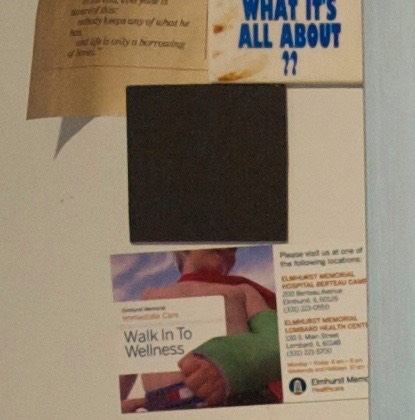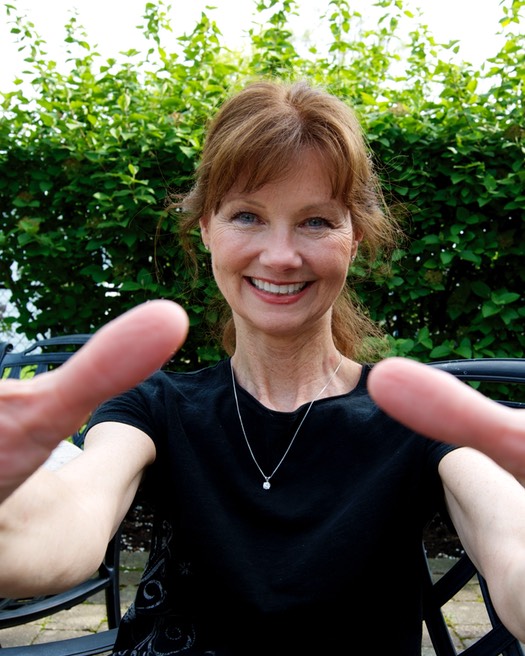My Nikon D800 test run
In this note, I will talk about my experience with the new Nikon D800. I currently shoot with two D700 and the best Nikon glass so that is my starting perspective. There are many differences between the D700 and the D800, but the three things I was most interested in was computer processing differences of the D800 36MP images (did not want to gum up my post processing mechanism), ISO performance under low light and the video capabilities of the D800.
ISO Noise
I did a series of exposures from 800 to 12500 ISO, but I will only show you the ISO 3200 results. First are the full images downsized for the blog. To do this test, I have my 70-200 f2.8 VRII lens zoomed to ~85 mm on the D700 and a Nikkor 85mm f1.4 lens on the D800. In both cases the cameras were set to aperture priority at f2.8. No corrections were done to the images other than import them under standard conditions into Aperture. White balance was set to auto.
D700 image at ISO 3200

D800 image at ISO 3200

For both of these images, the focus point was on the middle of 'Be Nice Or Leave' sign. Throughout the series the D800 images were a bit brigher and used a slightly slower shutter speed (expose to the right a bit more).
I then cropped a tiny area in photoshop and saved the crop as a tiff file. Imported the cropped tiff files and then exported them to equal pixel size JPEG.
D700 ISO 3200 100% crop

D800 ISO 3200 100% crop

Based on this comparison, I believe that the same sized image from the D800 has a little bit better ISO performance than the D700. This conclusion is similar to other people's impression as well. For this particular case, I did not downsize the the D800 image through photoshop but just exported it to a identical size as the D700 as a JPEG. This small point is very important from a work flow perspective: The ISO gain by downsizing the D800 image can be achieved through the image export process!
Now, if you don't see much difference in the top pictures that is understandable. It is important to remember that the resolution of your monitor is likely to be less than the D700 resolution and very much less than the D800 resolution. So when displayed on a computer screen, the only time you will notice the difference is when you pixel peek or expand the image to 100%. And unless you make very large prints, it is unlikely you will see much difference in the prints between a D700 and D800. For prints, if one assumes you want 300 dpi printing, then the D700 will provide the pixels up to about 14 inches on the longest dimension, while the D800 will provide pixels up to about 25.5 inches.
Image size
For me, the next series of pictures is one of the biggest advantages of the D800 for my type of photography (I don't really shoot landscapes or do high fashion. My focus is wedding and portrait photography). These pictures were taken with the D800 with my 14-24 f2.8 lens and yes, I know there is distortion, but that was intentional. ISO 100, f5, 1/80 at 14mm.
ORIGINAL PICTURE

FIRST CROP

SECOND CROP. This image below is 2704 by 2163 pixels. This second crop could readily be printed as an 8x10 with a dpi in excess of 240 dpi. And while you can not tell here, this picture is sufficient sharp that you can see the individual eyelashes! Also see the 100% pixel view below for detail.


For me the bottom line is pretty simple: The D800 36 megapixels makes a lot of sense if one wants to do very large prints and or one wants to have the ability to significantly crop images. The later would be of considerable value to me as it would provide lots of flexibility.
Video
One of my interest was the ability to do video in the same device as my still photography work. I have used the Sony Nex-5 and Nex-5N in the past and was very excited about this possibility. I was very naive. The D800 is a very serious about its video tools, but it really requires the skills of a professional videographer. Focus needs to be manual and the camera will need to be stabilized for pleasing video with devices like the Glidecam HD 3500.
When I get a chance I will post some video examples which highlight the fact that I am NOT a videographer. Having said that, I believe that learning more about videography and how videographers think will likely improve my performance as a still photographer.
Computer Performance
One of my big concerns was computer performance with the larger files. I tested several things on my system: 27" iMac, 3.4 GHz Intel Core i7, 16GB RAM, AMD Radeon HD 6970M 2048 MB. I have an aging Calumet USB 2.0 card reader, CF are Sandisk Extreme (60MB/sec). Overall, this system seemed to handle both the pictures and video with relative ease and at no time did I think the large files were causing problems.
A few metrics related to import and export functions were evaluated with 100 lossless RAW 14 bit images:
CF card --> Import into Aperture Library residing on Passport USB 2.0 1TB drive--- 5:01 minutes
CF card--> Drag and drop folder of pictures to Passport USB 2.0 1TB drive--- 6:28 minutes
CF card--> Import into Aperture Library residing on Western Digital 6TB Thunderbolt (RAID 0)--- 3:01 minutes
CF card--> Drag and drop folder of pictures to Western Digital 6TB Thunderbolt (RAID 0)--- 3:10 minutes
My conclusions from this test is reading from the card reader/CF card is not limiting because I can get a huge increase in import time by moving stuff to a Thunderbolt drive. Without showing the data, exporting the images as either full size JPEG or downsized to match the D700 (4256 by 4256 pixels) was identical in time and again, doing this on the Thunderbolt drive was much faster (5:30 minutes vs 4:45 minutes)
Miscellaneous thoughts
First, let me say that I found the D800 very comfortable to hold and operate.
Other things I noticed
1. It took a little bit of work to figure out the new focus switch. But once I figured it out, it was easy to operate.
2. The slight slope on the left side top switch felt good
3. The fire rate of only 4 frames per second did not bother me at all, but I really don't do sports and fast nature things.
4. The view finder and exposure meter on the top left move opposite from the D700. Not sure why they switched it, but in a mixed shooting environment (D700, D800, I could see some problems coming up). I understand that I can switch this by some menu item.